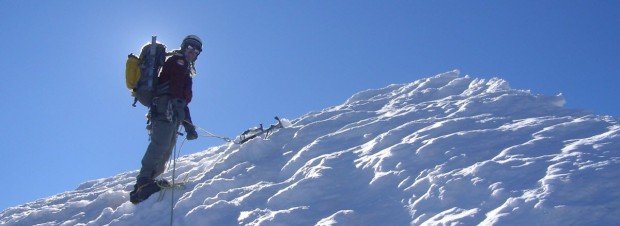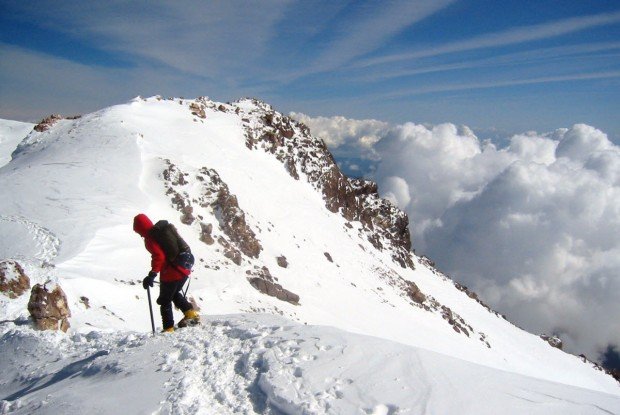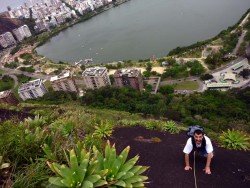
Tijuco Forest, Rio de Janeiro
Rio de Janeiro, commonly known as Rio, is the capital city of the Rio de Janeiro State, the second largest city of Brazil and the third largest metropolitan area in South America.
Home > MOUNTAIN SPORTS > Mountain Climbing > Mount Shasta, Redding
Mount Shasta is inside Shasta – Trinity National Forest. Mount Shasta is the second highest volcano in the Cascade Range. Mountain climbing in Mount Shasta is a mental, physical and technical challenge. If you are motivated for the specific event, in good physical condition and well trained for climbing, you are at the right place.
Choose an appropriate climb for your skills and go for it. Mount Shasta is a cascade volcano, so it is best climbed with snow to minimize hazards and gain most suitable conditions. Technical challenges are minimal on most routes. Five routes are the most popular for climbing.
The first one is Avalanche Gulch, being the most popular one, because John Muir Route is the most direct route up. It is best climbed with a lot of snow, preferably May-July. It is a route for all climber levels. The second one is The West Face, which is one of Mount Shasta’s most beautiful base camps.
It is a moderate trail and a great alternative to Avalanche Gulch. The third is Hotlum – Bolam Ridge – Northeast Side on Mount Shasta’s north side, which is an alpine playground. It has eight glaciers, including Whitney Glacier, the largest in California. If you are looking for an introduction to glacier climbing, this is the one.
The fourth is Gasaval Ridge and the choice of climbers on winter and early season. It is a climb for experienced climbers, steep, exposed and stunning. Last but not least is Hotlum Glacier. It is the most visually interesting glacier. This is an ideal training court for climbers with bigger aspirations than Denali and Mount Rainier.

Rio de Janeiro, commonly known as Rio, is the capital city of the Rio de Janeiro State, the second largest city of Brazil and the third largest metropolitan area in South America.
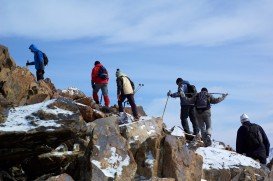
Wenatchee is the largest city of Chelan County, located in North Central Washington and lies on the west side of the Columbia River. The city is also known as the Apple Capital of the world, due to the valley's many apple cultivations.
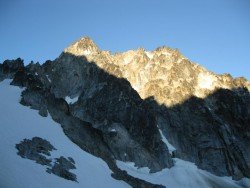
Wenatchee is the largest city of Chelan County, located in North Central Washington and lies on the west side of the Columbia River. The city is also known as the Apple Capital of the world, due to the valley's many apple cultivations.
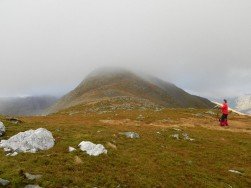
Glencoe's landscapes are familiar to most of us, since the filming of ''Harry Potter and The Prisoner Of Askaban'' and ''Skyfall'' took place there. It is a small village in the Highlands of Scotland, located in the heart of a glen. Glencoe provides a wide range of facilities, being at the same time a great resource of mountain activities.
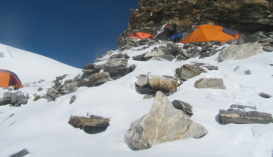
The Mera Peak is lying in Mahalangur Himal, in Eastern Region of Nepal. The Peak is located in Hinku valley in Sagarmatha Zone which also includes Mt. Everest. Although it hosts considerably marked and familiar routes, Mera Peak remains a challenging and demanding climbing destination.
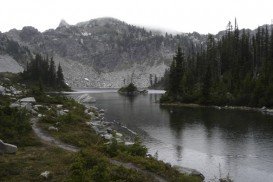
Wenatchee is the largest city of Chelan County, located in North Central Washington and lies on the west side of the Columbia River. The city is also known as the Apple Capital of the world, due to the valley's many apple cultivations.
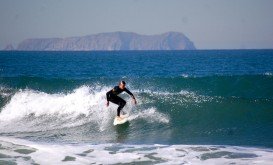
Garth’s Reef is located near Crescent City, at short distance to the south, in Del Norte County, California, USA.
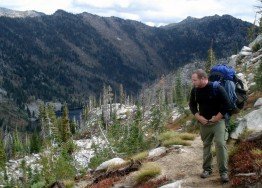
Bear Valley is a ski area located near Angels Camp, on highway 4, between Lake Tahoe and Yosemite, approximately 3 hours southeast of Sacramento, California, USA.
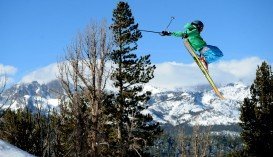
Mammoth Mountain is located in California’s eastern Sierra, at 100 mi/161 km south of Nevada State line and 50 minutes from the Eastern Gate of Yosemite National Park.
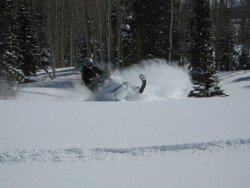
Bear Valley is a ski area located near Angels Camp, on highway 4, between Lake Tahoe and Yosemite, approximately 3 hours southeast of Sacramento, California, USA.
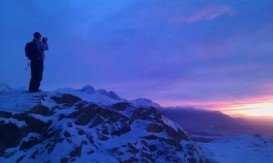
Sonora Pass is located near Pinecrest, Tuolumne County, California, USA. It is off of Highway about 60 mi/96.5 km east of Sonora.
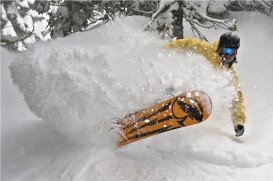
Squaw Valley Ski Resort is located in Olympic Valley, California, USA. It is one of the largest ski areas in the US after Heavenly and was the site of the 1960 Winter Olympics.
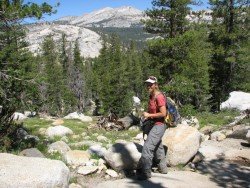
Bear Valley is a ski area located near Angels Camp, on highway 4, between Lake Tahoe and Yosemite, approximately 3 hours southeast of Sacramento, California, USA.
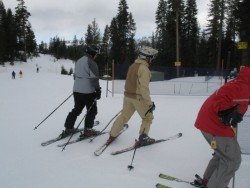
Sugar Bowl ski resort is a ski area in northern Placer County, near Norden, along Donner Pass of Sierra Nevada, at about 46 miles/74 km from Reno on Interstate 80, California, USA. The resort was opened on the 15th of December 1939.

